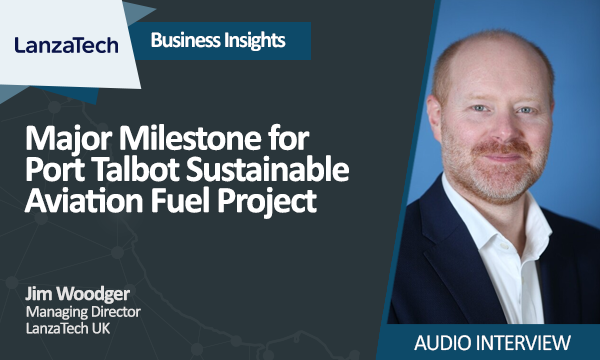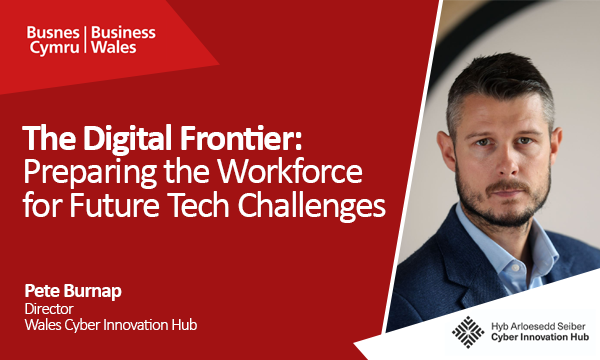 Written by:
Written by:
John Jackson
Industry Editor
I first became aware of what community is thanks to Champion the Wonder Horse.
Childhood Saturday mornings would be spent in the hall around the corner with the other kids from the estate watching Champion, and a raft of cartoons projected on a screen as we sat there eating our sweets and crisps. This was also a great opportunity for many of the mums to meet-up and socialise too, and yes being the 1970’s you never spot any dads there, but hopefully that wouldn’t be the case today.
Come summertime there would be the much anticipated street daytrip, and the coach that whisked me to the likes of Weston-super-Mare, was the same one that introduced me to the word “Panoramic”. If you ever went on a similar trip you’ll know exactly what I mean. For children and parents these outings were a simple, yet wonderful, opportunity to have a change of scenery and a lot of fun. Unintentionally they also helped to strengthen the bond of friendship between neighbours, which also meant that year round people were willing to help each other, share stuff and generally look out for each other.
For me, and from an early age, this taught me the value of community, and just how important it is for people to have the opportunity to come together and be social. Without that little hall my immediate neighbourhood community wouldn’t have had that place where we came together to enjoy a whole range of activities and celebrations. Within any town or city community is multi-dimensional, I see it as including your immediate neighbourhood based on the streets around where you live, and then scaling-up based on interests and/or beliefs. For example, here in Wales our rugby clubs have always been so much more than just the place you go to watch your team play, and one of the most powerful illustrations of this came with the response to Storm Dennis in February 2020. Taffs Well Rugby Club rapidly became a highly organised centre of coordinated volunteer support. The club opened its doors to offer showers, food and drink for people who needed it, and the clubhouse rapidly filled with donations including food, clothing, toiletries and cleaning materials. The strength of response was exceptional, and it was done because one community wanted to do what it could to help their neighbouring community. I consider this to be one of the most powerful illustrations of the importance of community in our built environment.
In what are continually challenging times, communities due to their direct connection with the people who are a part of their community represent a powerful force for good. From providing small yet important opportunities for people to come together to enjoy activities that help get them out of the home to overcome loneliness, to bringing ambitious plans to life; such as the Skyline project in Treherbert that will create Wales’ first community ownership project, the role of community in our built environment is more important than ever before.
Thinking back to life before the Pandemic the news was frequently reporting increases in knife crime by young people predominantly in London, but this worrying trend was also starting to spread to other locations. The Lockdowns may have helped suppress this, but it's important to recognise that the locations that had seen the largest spending cuts, also suffered increases in knife crime, with youth club closures being acknowledged as putting young people at greater risk of violence. Closing a youth club may save some money in the short term, but at the same time it transfers costs to the authorities who have to pay for; police investigations, prosecutions, and an increased police presence to try and make areas feel safe. It also creates unacceptable human costs that are paid by the victim, the victim's family and the victim’s friends. Then we also need to factor in the costs that all the young people who used and/or would have become users of the youth club will pay. This will be in terms of them not having the opportunity to spend time in a place where they are often given hope, encouragement, guidance, support and even an outlet to channel their energy.
The financial cost to provide youth clubs seems a small price to pay when you consider the wealth of benefits they deliver.
Increasingly we hear talk about how divided our society is becoming, and this is another compelling reason to invest in creating and nurturing communities. Simply by providing places for people to come together we increase the opportunity for people to get to know each other, and to realise that, by and large, we all have more in common with each other than we realise. Building on those commonalities is an excellent way to help strengthen our communities, which in turn makes our built environment a healthier, more supportive and energised place for everyone to live in.













